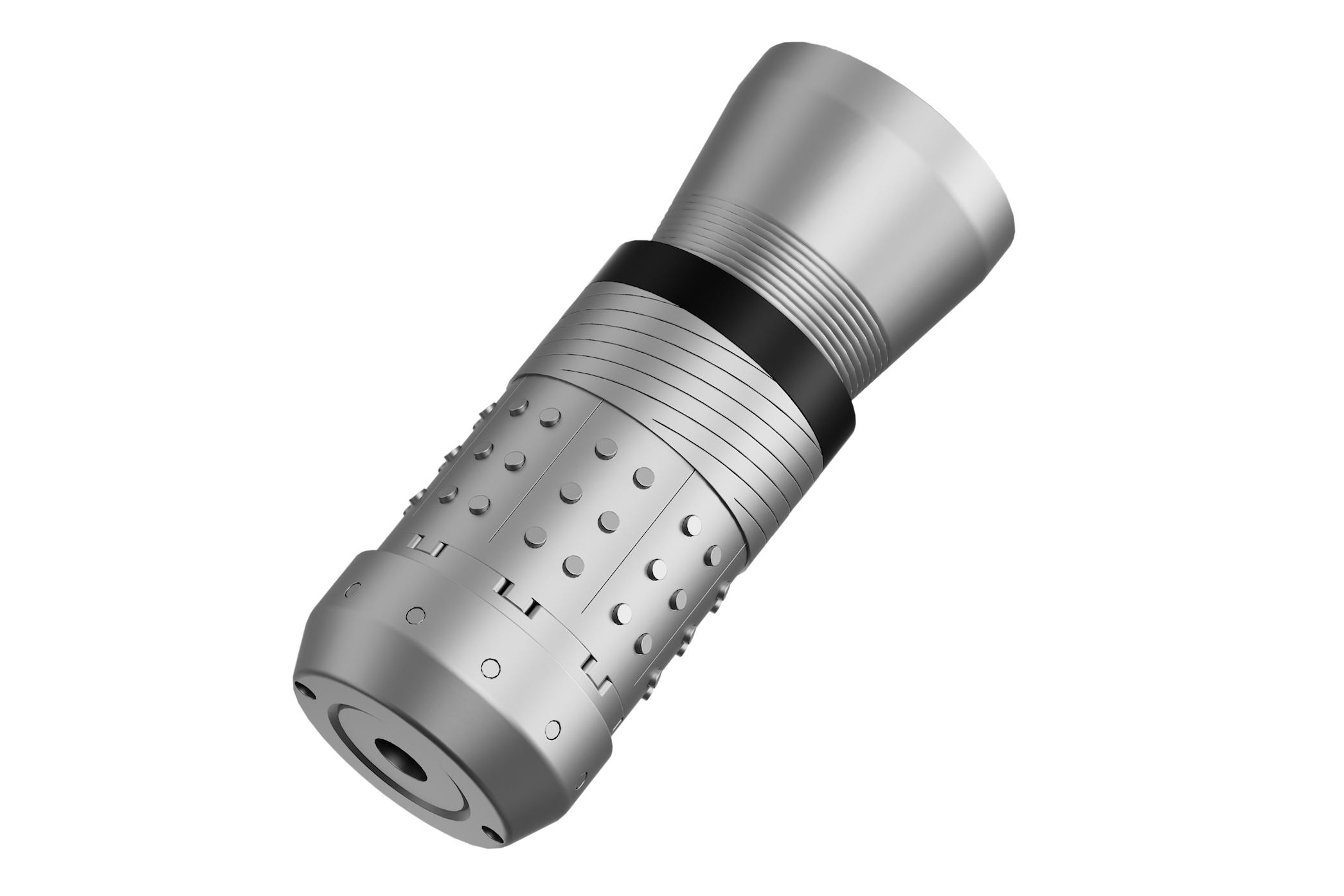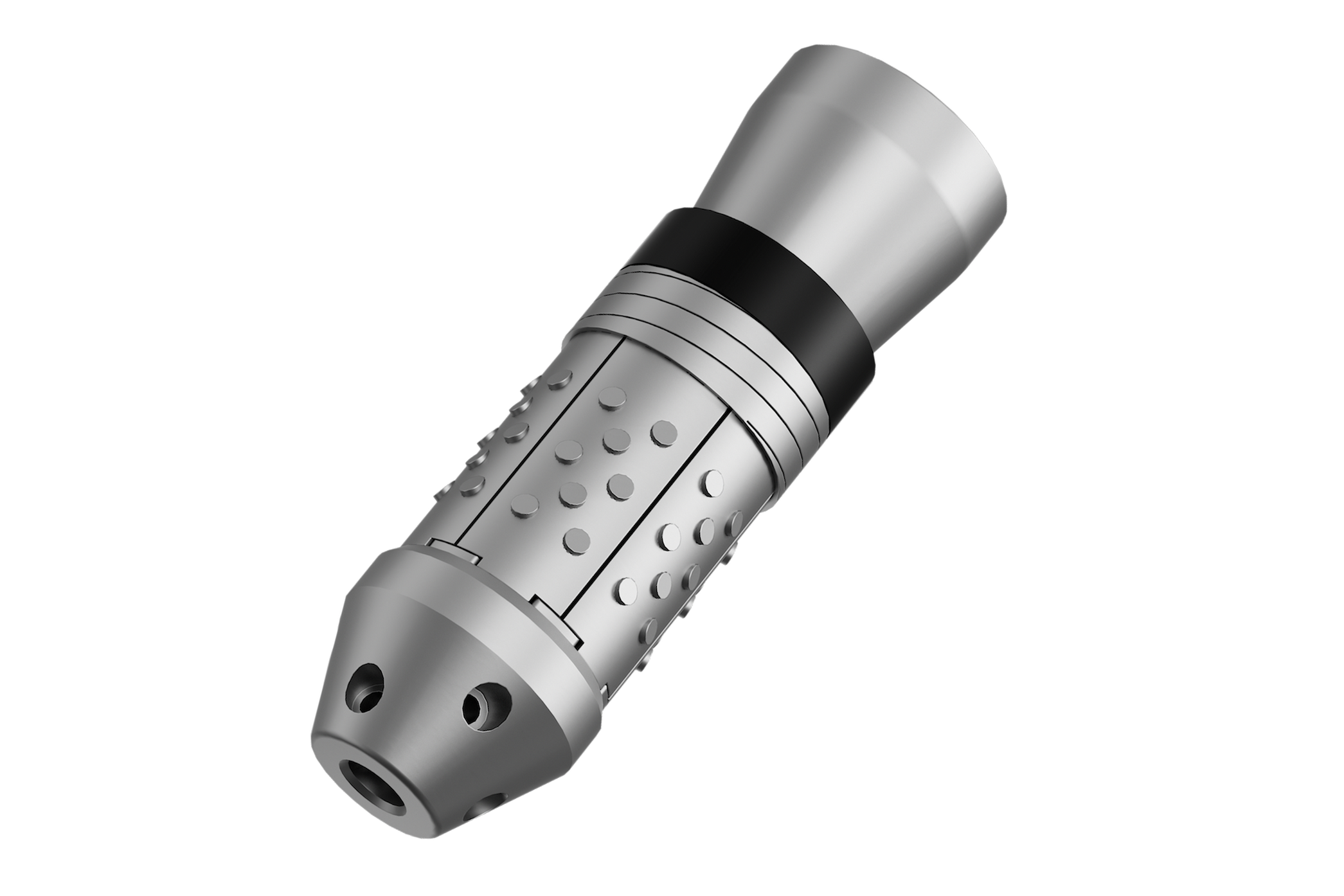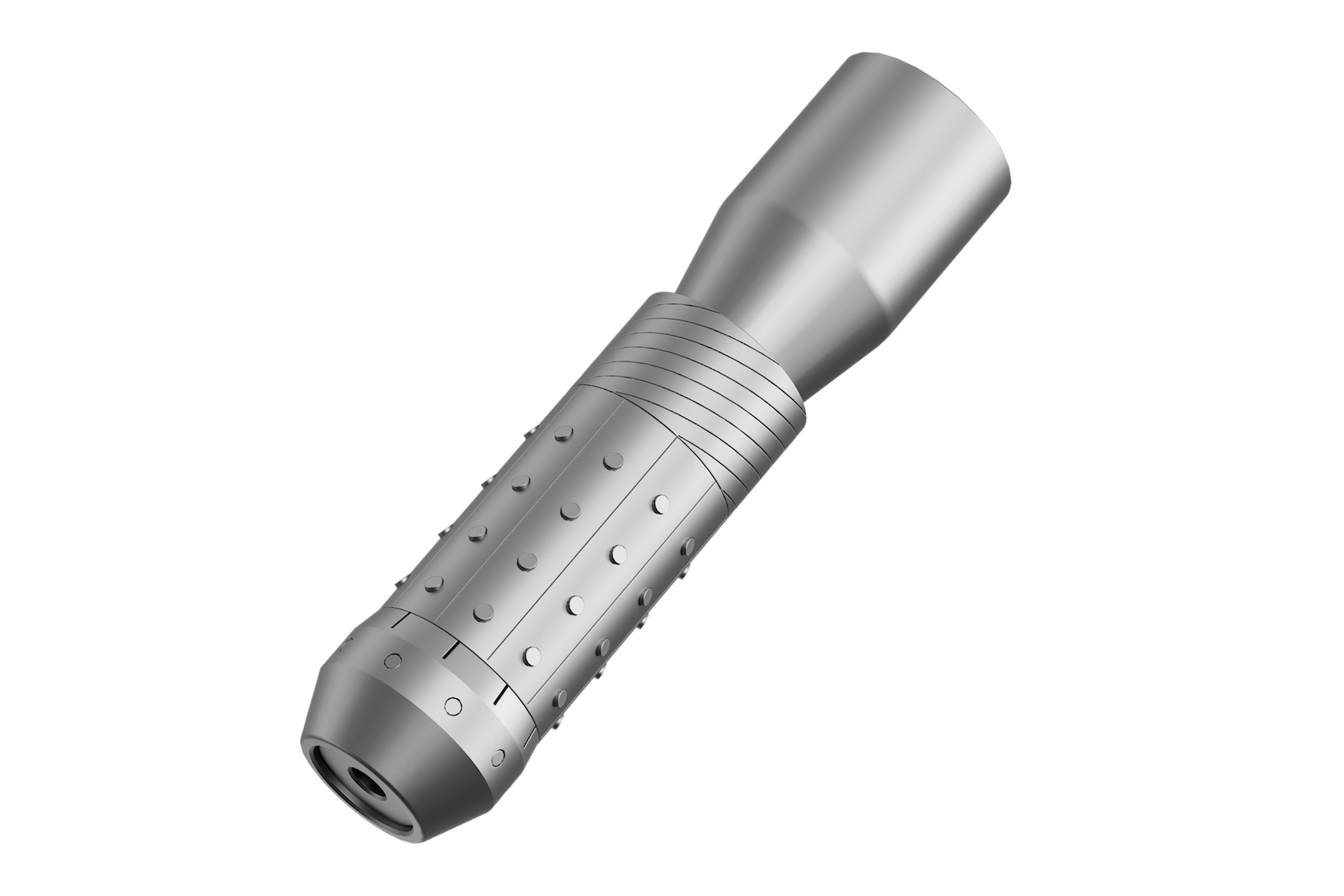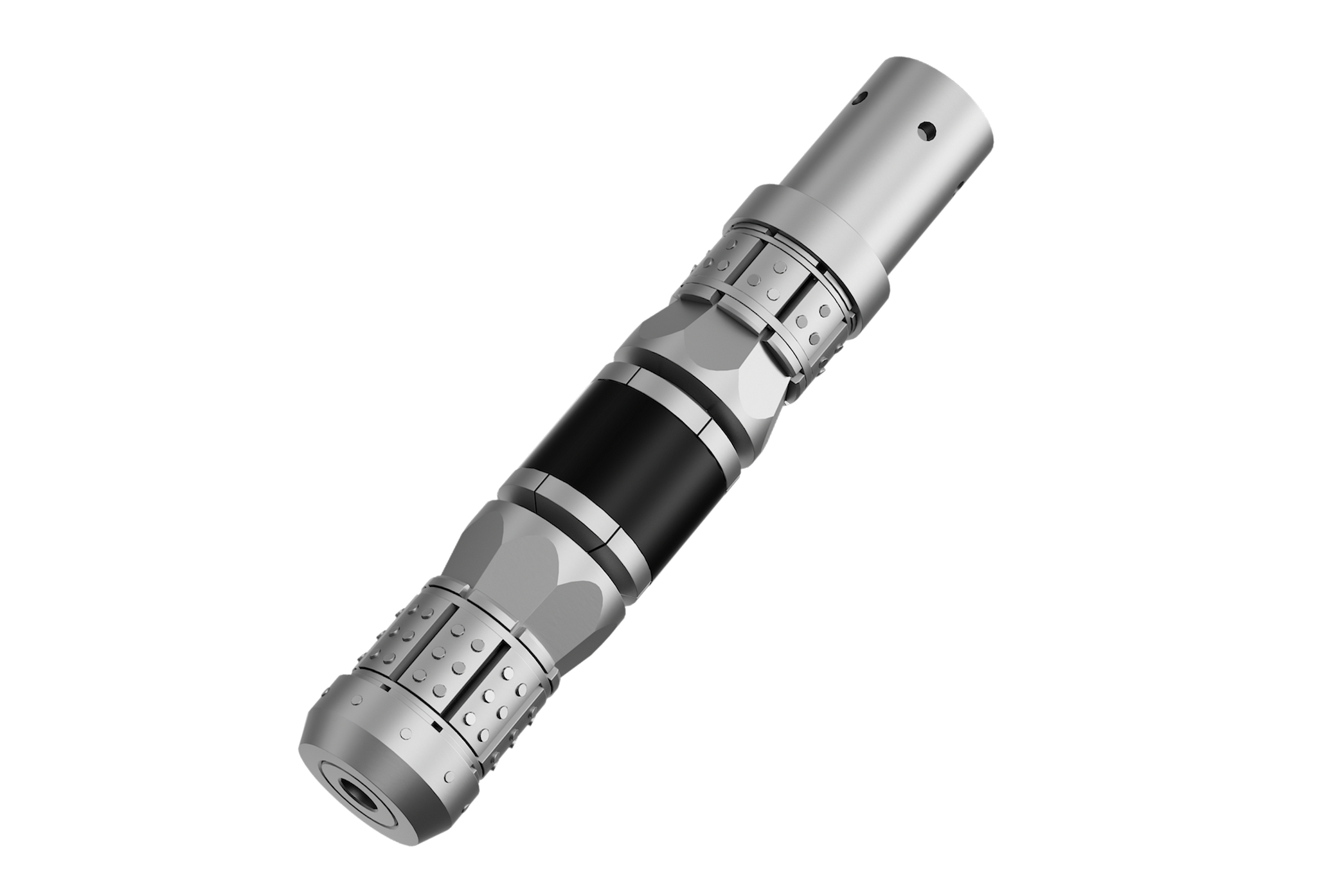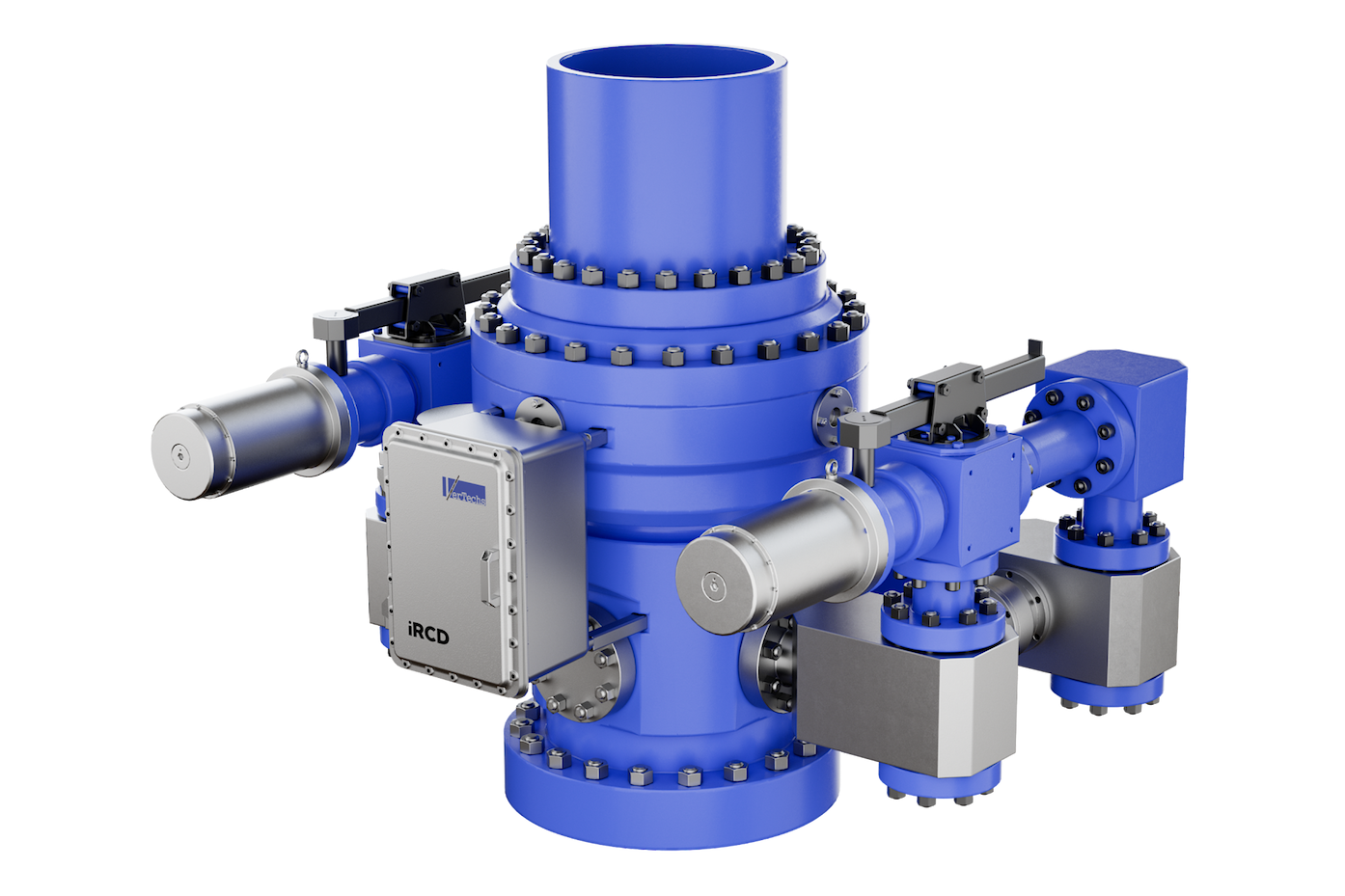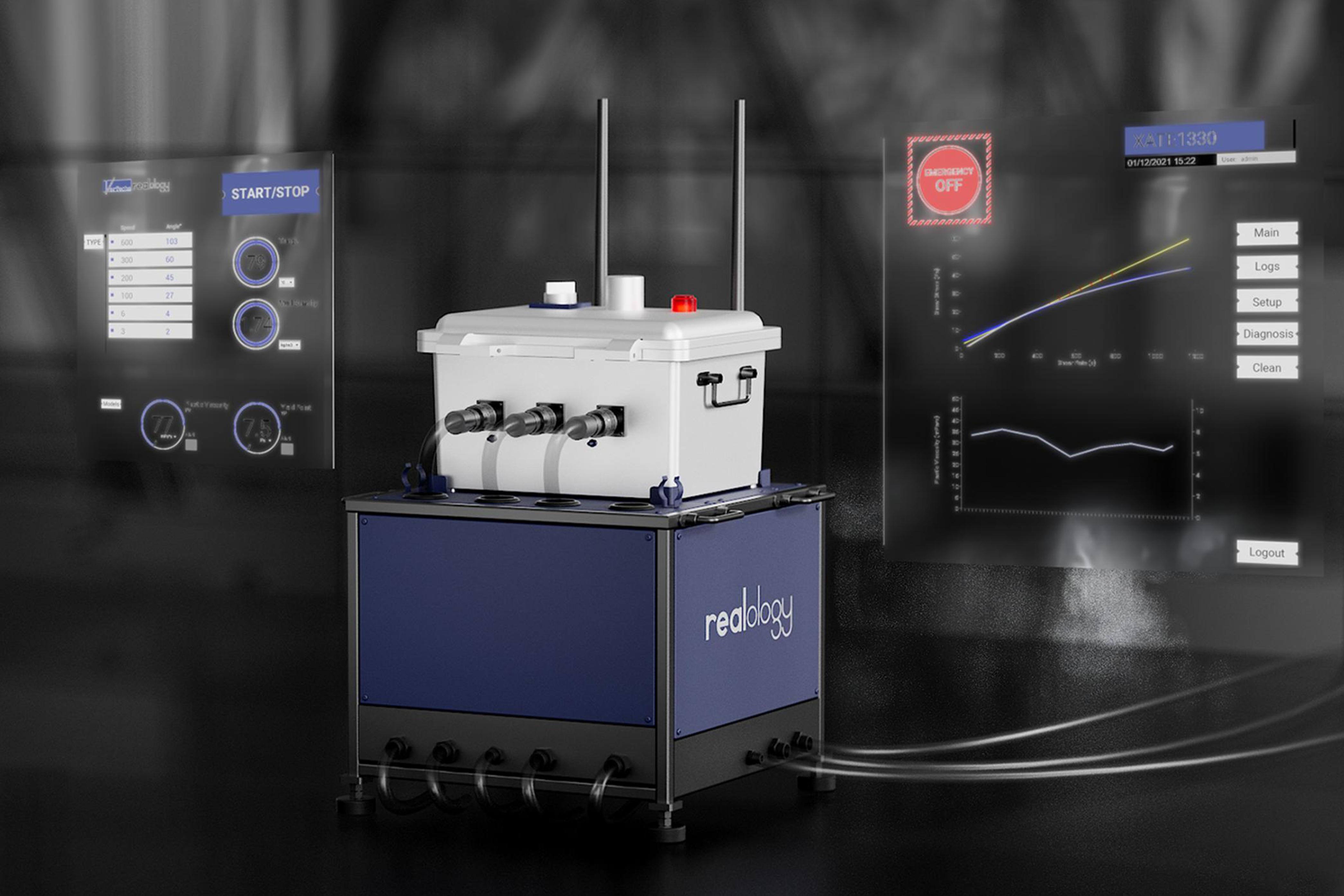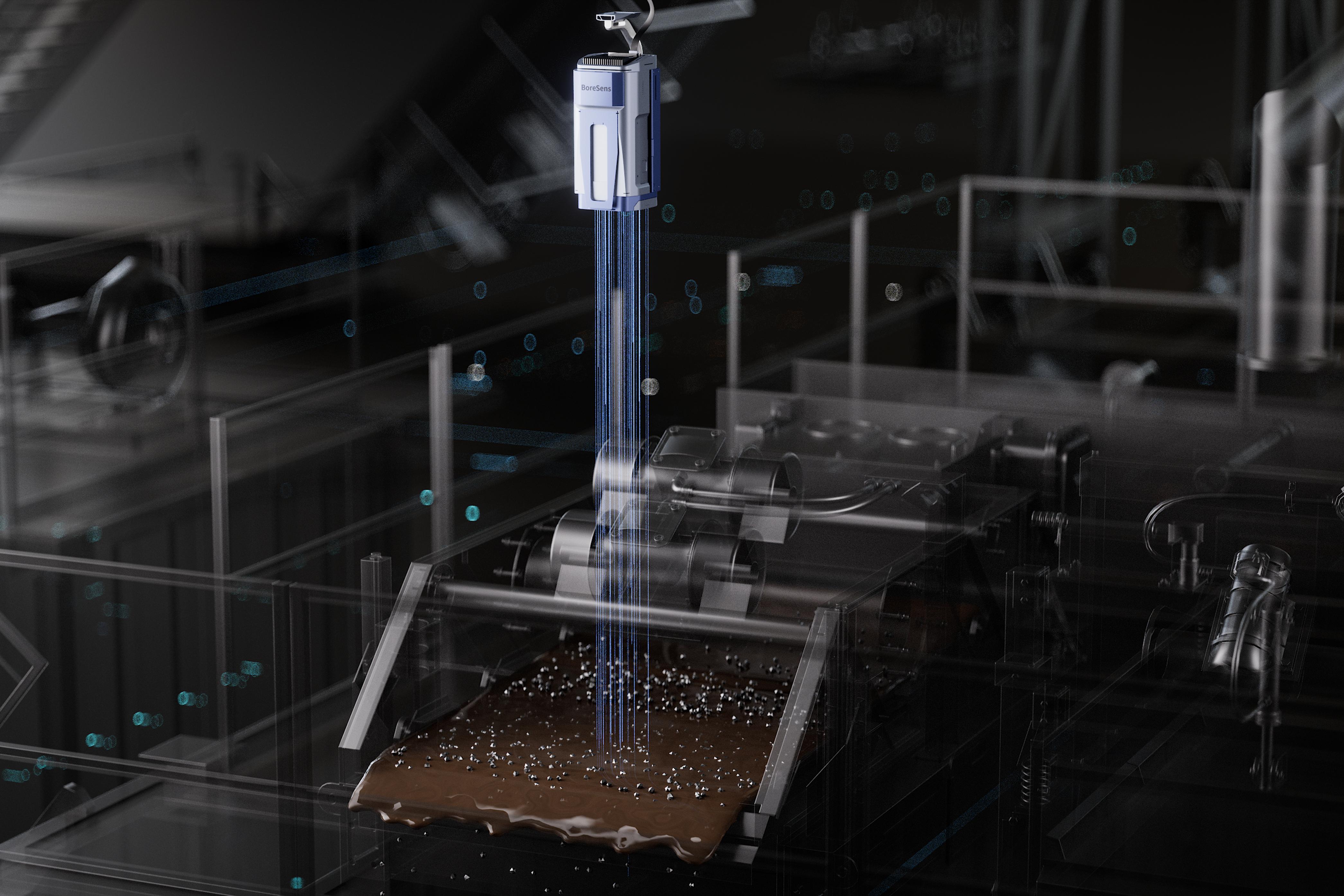Top Challenges in Maintaining Wellbore Stability Through Fluid Rheology Control
2025-09-30

Maintaining Welber stability is one of the most important aspects of drilling operations. Any compromise in stability can avoid expensive delays, safety threats, and potentially well. In many factors that affect Welborner integrity, fluid rheology plays a defined role. The behavior of drilling fluids under various shear conditions directly affects the interaction of cutting transportation, pressure management, and formation, which contribute to the overall stability of the entire borehole.
While progress in drilling technology has made it easy to design and adapt fluids, controlling rheological properties in real time remains a complex challenge. This article examines the face of top barriers engineers face when trying to maintain the welborn stability through accurate fluid rheology control.
1. Variability of sub-state conditions
One of the primary difficulties lies in the unexpected nature of geological structures. Rock type, hole pressure, and fracture gradients can change considerably within small drilling intervals. Fine performing fluids in one area may be ineffective in another.
For example, in shell structures, the inflamed clay can interact with liquid, change its rheological profiles, and cause instability. In contrast, in fragmented carbonate, fluid loss can reduce hydrostatic pressure, thoroughly endangering integrity. It is almost impossible to design a single fluid rheology profile to handle such variability, which requires continuous monitoring and adjustment to maintain the welborn stability.
2. Rift in temperature and pressure
The downhole environment is subject to extreme temperature and pressure changes, especially in high pressure high-temperature (HPHT) wells. These conditions significantly replace the viscosity, yield point, and gel strength of drilling fluid.
At high temperatures, the fluids become thinner, which reduces their ability to suspend cuttings. In contrast, at high pressures, fluid density may increase, leading to highly equivalent circulating density (ECD). Both conditions directly affect Welborner stability, making fluid control a continuous balance act. To ensure that fluid rheology remains consistent under ups and downs is a challenge that requires advanced fluid yogas and accurate downhole measurement equipment.
3. Real-time monitoring limitations
Although digital drilling technologies and automated systems have developed, the real-time monitoring of rheology properties is still limited. Surface measurements often fail to catch precise downhole fluid behavior.
This interval in the data collection means that issues of time instability have been detected, and already significant damage can occur. For example, no one can pay attention to the cutting accumulation or gaps sticking, eventually leading to pipe events. A top challenge remains in maintaining the gap between surface testing and downhole rheology.
4. Hole cleaning and pressure control
Cleaning proper holes is necessary to prevent cuttings and interruptions. However, to achieve efficient cutting transport requires a high viscosity fluid, which can increase ECD and put unnecessary pressure on the formation.
Excessive pressure can fracture the formation, causing lost circulation, while inadequate viscosity results in poor cleaning and final collapse. The perfect balance between pressure management and cleaning the holes is one of the most complicated aspects of striking fluid rheology control. Engineers should fix the properties of frequent fluid to maintain both circulation efficiency and wellbore stability.
5. Formation damage and chemical interaction
Another major barrier in fluid design is drilling fluid and the formation between minerals. Some additives, although fluid rheology is beneficial for control, can cause damage by plugging the pores or changing rock weightability.
For example, using high concentrations of polymers can increase viscosity, but may also reduce permeability in the near-wellbore area. Similarly, inappropriate prohibition strategies can trigger shell inflammation, which directly affects the wellbore stability. Thus, fluid systems should be carefully engineered to give the right fluid rheology without compromising the reservoir productivity.
6. Cost vs. Performance Trade
Adaptation of fluid rheology to maintain stability often involves using advanced additives, nanopolymers, or engineered polymers. When effective, these solutions significantly increase drilling costs.
Operators face the challenge to balance economic obstacles with constant technical requirements. Cutting corners on fluid design can endanger the wellbore stability, causing non-productive time (NPT) that costs more than early savings. Getting a sweet space amid cost-effectiveness and operational security is one of the ongoing struggles of the industry.
7. Human factor and operational practices
Even with advanced yogas, improper handling or field practice can disrupt fluid performance. Ignoring poor mixture, incompatible additive dosage, or mud conditioning can cause unexpected fluid rheological behavior.
In addition, drilling crew expertise plays an important role. A well-designed fluid system can fail if not managed correctly on the rig. Training, standardization, and proper quality control is important to ensure that the fluid supports the well stability in the drilling process.
8. Environment and regulatory barriers
Environmental concerns add another layer of complexity. Many traditional additives that were effective in fluid rheology are now restricted due to ecological effects. Engineers must develop alternative yogas that follow environmental standards while maintaining Welborner stability.
For example, water-based muds are more environmentally friendly, but are often less effective in some structures than oil-based systems. Designing an environmentally friendly fluid with reliable rheological performance is a major industry challenge.
9. Technical interval in future modeling
Although future models exist, they often decrease in the accuracy of the forecast of downhole conditions. Laboratory data and computer simulations cannot always repeat the dynamic nature of the actual drilling environment.
This difference means that unexpected changes in the position of fluid reiology or velboor can still catch engineers with guards, leading to issues of stability. Closing this difference requires an advanced AI-powered prophetic system to integrate real-time data and to enhance the wellbore stability strategies.
10. Integrated approach to future solutions
A holistic approach is required to address the above challenges. Industry experts emphasize that fluid design, well-planned and operational practices should work hand in hand. Advanced drilling fluids with smart polymers, nanotechnology, and self-healing capabilities are being developed to maintain frequent fluid reiology in dynamic conditions.
Additionally, real-time downhole sensors, AI-powered monitoring platforms, and digital twins are expected to help engineers manage the wellbore stability in the future. By combining innovative technology with practical field expertise, the industry can overcome many challenges today and reduce expensive drilling risks.
Conclusion
Maintaining wellbore stability through fluid rheology control is one of the most complex functions in modern drilling operations. Engineers should deal with constant unexpected structures, excessive temperature and pressures, real-time monitoring boundaries, and economic obstacles. Balancing the hole cleaning, pressure management, and formation compatibility makes fluid optimization a constant struggle.
While significant progress has been made, many obstacles remain. Future clever fluid, superior monitoring equipment, and integrated digital solutions lie. By resolving these challenges, the industry can achieve safe, more efficient, and cost-effective drilling operations, where the wellbore stability is no longer a constant concern, but a good result.
Read Our One More Blog(1): The Future of Wellbore Stability: Big Data-Driven Insights in Oil and Gas
Read Our One More Blog(2): Fluid Rheology in Well Control: The Science Behind Safer Drilling Operations


